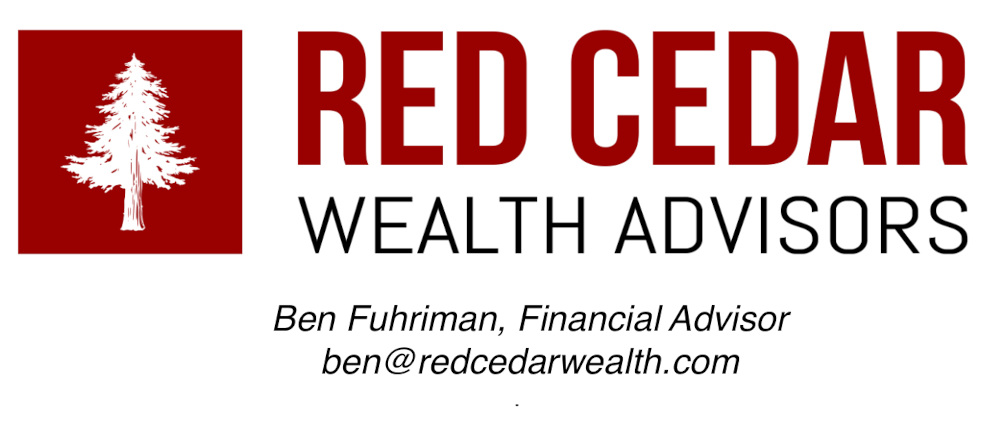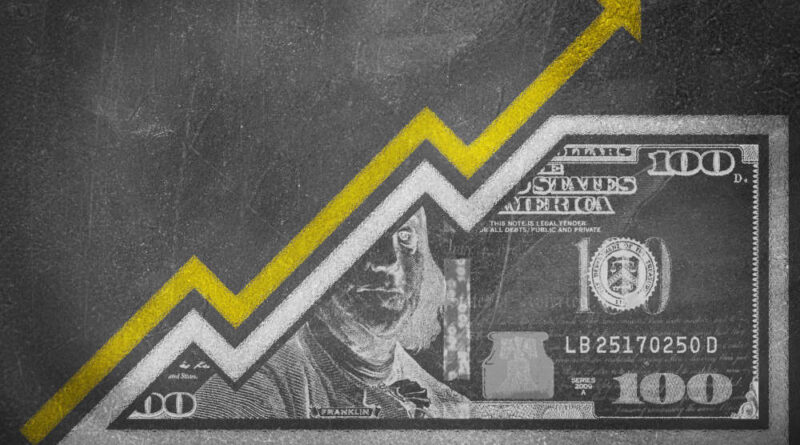Inflation – Now what?
Opinion

Brought to you by Red Cedar Wealth Advisors
Written by Ben Fuhriman
I am reminded of the scene in A Bug’s Life when the ants are huddled down inside their home. The sound of a swarm of mean and hungry grasshoppers keeps getting closer. We know inflation is coming, but we just hope it’ll take its food and go. Unfortunately, our friends in the media want us all to believe that milk will soon cost $5 a gallon, gasoline $6, and the crazy home prices will never end. Fear gets them ratings, and so they are on the sidelines cheering for the grasshoppers. It seems scary!
Today, the Fed is buying billions of dollars of bonds from the government each month in order to provide liquidity to the economy. This was needed in the early parts of last year when the economy was blanketed by mandatory shut-downs. But supply chains don’t recover overnight. It will take months and maybe years for some supply chains to get back to normal. As the government sends cash to We the People, and supplies are scarce, we start bidding wars. In other words, we are willing to pay more for goods than we normally would because 1) we want them and 2) we can afford to. We create inflation because of our impatience. We have too many dollars chasing after too few goods.
The good news is that inflation is a normal part of our economy. We typically expect inflation of around 2.5% per year. In fact, this is part of the mission of the Federal Reserve, to keep inflation around 2.5% average. Since 2010, the average annual inflation rate was 1.7%. In 2011 it was 3.2%, and in 2015 it was 0.1%. It varies from year to year. But on average, 2% inflation is healthy and normal. Currently, during the first quarter of 2021, annual inflation was 1.9%. There was a large spike in March mainly from energy prices, but most economist still expect between 2 and 3% inflation for 2021. David Payne, an economist for the Kiplinger Letter, said it best, “…consumers who are flush with extra savings and looking to spend it will put upward pressure on many prices the rest of the year.†We, as consumers, create and drive inflation because of our desire to have stuff and have it now.
But this year is different from other years. We have never shut down our economy like we did in 2020. And as the government continues to subsidize unemployment, more and more people would rather stay home than go to work. Lumber companies that used to run 4 shifts cannot find the workers and are functioning at 25% of capacity. Not because there isn’t any wood, but because they cannot get the people to help produce the products. In addition, increased government regulation and fear of higher taxes has made the cost of production more expensive for businesses. They have admitted they will pass these increased costs onto consumers. Strained workforce, supply chain disruptions, higher taxes and regulations, and a consumer flush with cash are all the perfect ingredients for inflation.
What can you do? Be patient. Look for opportunities to buy things at a discount. Maybe stock up on essentials and take advantage of low interest rates to better your financial situation. Talk to your financial advisor about adding commodities to your portfolio, but no more than 5-10%. And relax. Don’t go to extremes. We saw inflation hit as high as 4% during the last part of 2011. But 10 years later, I can still get a hamburger at McDonald’s for around a buck. Those who get
hit the hardest by inflation are those on a fixed income. If you are retired and healthy, perhaps look at ways to turn your hobby into some extra income, find a simple part-time job, or maybe it’s time to downsize and take advantage of the hot housing market. If you are a young worker, education will be key to higher wages. Learn and find ways to make yourself more valuable to your employer. As prices rise, wages usually follow. But your boss won’t give you a raise because you have a nice hair-cut. In the meantime, get out and enjoy life! Find those free activities that fulfill the need for physical activity and save your discretionary income. Inflation is likely to settle down as the economy opens back up around the world and workers get back to work. But whatever you do, don’t panic and knock over the food offering—that will just make the grasshoppers mad.






